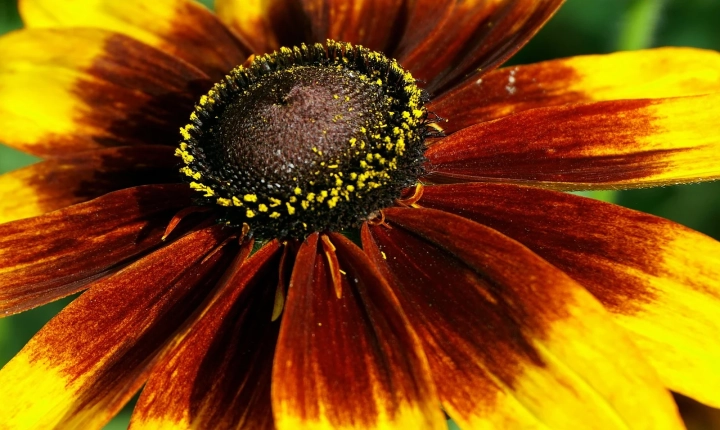Title: How to Create a Text to Image AI: A Step-by-Step Guide
In recent years, the field of artificial intelligence (AI) has made significant strides, particularly in the realm of generating images from text. This technology has the potential to revolutionize various industries, from graphic design to automated content creation. In this article, we will explore how to create a text to image AI, enabling you to generate stunning visuals from simple textual prompts.
Step 1: Define the Problem and Data Collection
The first step in creating a text to image AI is to clearly define the problem you want to solve. For instance, you might want to generate images based on descriptions of products, generate visuals for storytelling, or create concept art from textual prompts. Once you have a clear understanding of the problem, start collecting a diverse dataset of textual descriptions paired with corresponding images. This dataset will form the foundation for training your AI model.
Step 2: Preprocess the Data
Before feeding the data into your AI model, it’s essential to preprocess the textual descriptions and images. This may involve tokenizing the text, normalizing the language, and resizing the images to a uniform size. Additionally, you’ll need to ensure that the textual descriptions and images are properly aligned in the dataset for accurate training.
Step 3: Choose a Deep Learning Framework
Next, select a deep learning framework that best suits your needs. Popular options include TensorFlow, PyTorch, and Keras. These frameworks offer extensive libraries and tools for building and training neural networks, making them ideal for creating text to image AI models.
Step 4: Develop the AI Model Architecture
Develop an AI model architecture that can effectively translate textual descriptions into corresponding images. One approach is to use a conditional generative adversarial network (cGAN), which has shown promise in generating realistic images from textual prompts. Consider leveraging pre-trained models such as OpenAI’s DALL·E or training your own model from scratch, depending on the complexity of your problem and the availability of resources.
Step 5: Train the AI Model
Once the model architecture is defined, train the AI model using the preprocessed dataset. This step involves feeding the textual descriptions and corresponding images into the model, adjusting the model’s parameters, and optimizing its performance through iterations. Training an AI model for text to image generation may require significant computational resources and time, depending on the size of the dataset and complexity of the model.
Step 6: Evaluate and Fine-Tune the Model
After training the model, evaluate its performance using validation and test datasets. Assess the quality of the generated images in comparison to the original images and refine the model as needed. This may involve fine-tuning the model’s hyperparameters, adjusting the loss functions, or incorporating additional layers to enhance image generation quality.
Step 7: Deployment and Integration
Once you are satisfied with the performance of your text to image AI model, it’s time to deploy and integrate it into your desired application or platform. This could involve creating an API for easy access, integrating the model into a web interface, or incorporating it into an existing workflow for automated image generation.
In conclusion, creating a text to image AI involves a series of steps, from defining the problem and collecting data to training and deploying the AI model. This technology has immense potential to transform various industries, enabling automated image generation based on textual prompts. By following the step-by-step guide outlined in this article, you can embark on the journey of creating your own text to image AI, opening doors to new and exciting possibilities in the world of artificial intelligence.
